History
A miles-long site with a decades-long history.
The full three-mile site of the Rail Park stands on two obsolete train lines that served the Reading Terminal for many years, bringing passengers and freight in and out of Philadelphia. Now, we’ve started transforming this throughway into an open greenway for all.
1892
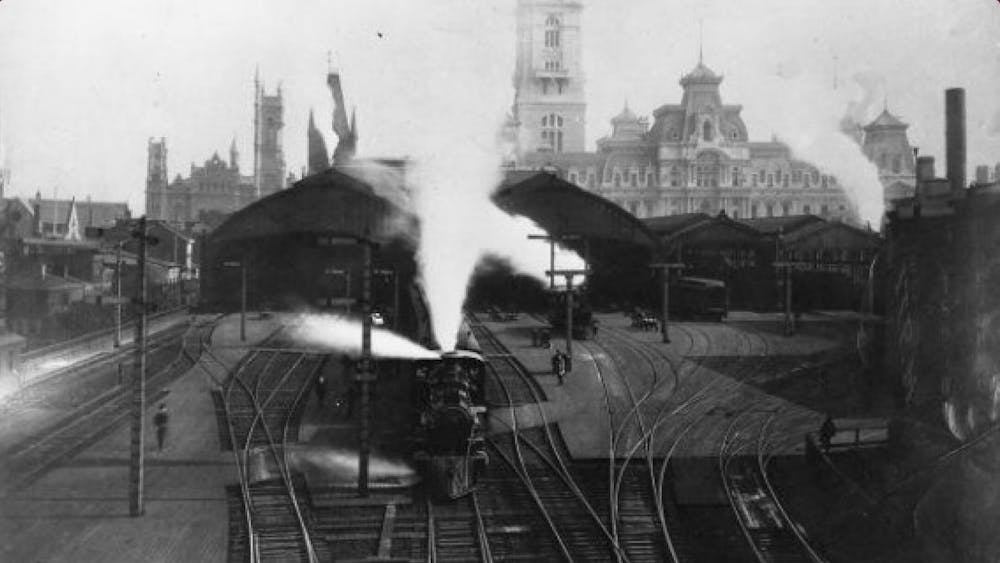
Workshop of the World
With close proximity to major railroads, Philadelphia became home to a unique network of industries that supported each other and propelled the local economy.
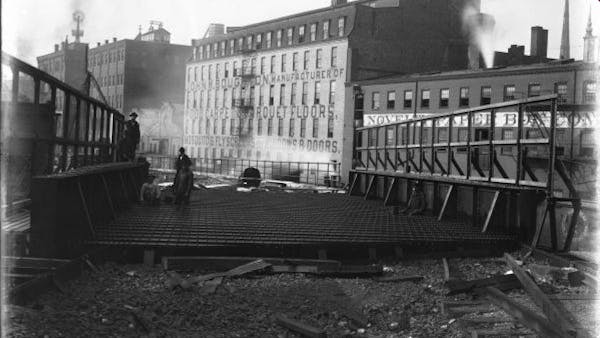
Textiles, clothing, shoes, hats, metal tools, machine parts, locomotive trains and more were transported on the Reading Railroad to supply the rest of the world, and Philadelphia became known as the “Workshop of the World”.
1893
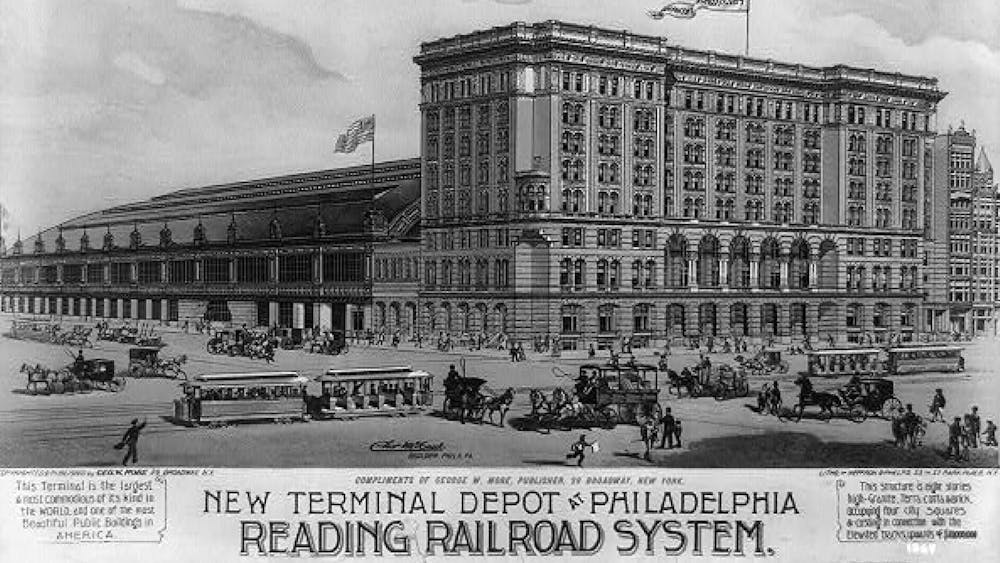
Reading Terminal
Built by the Reading Railroad to consolidate its services in one central location, Reading Terminal opened in 1893. Trains used to run under North Broad Street, between Callowhill and Noble, before ramping up on the Viaduct and heading into Reading Terminal.
1904
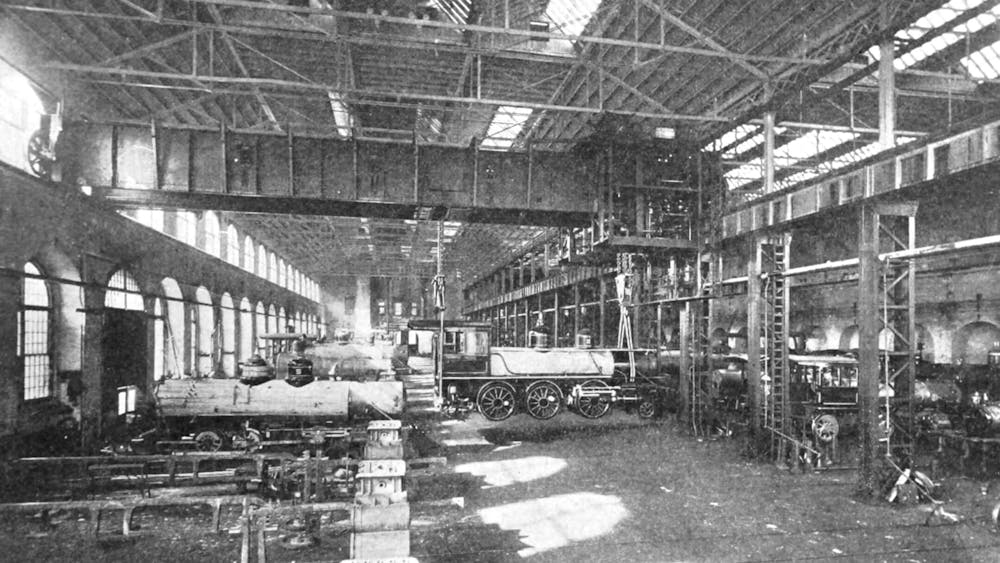
Baldwin Locomotive Works
At the turn of the 20th Century, Baldwin Locomotive Works was one of the largest manufacturing facilities in the world.
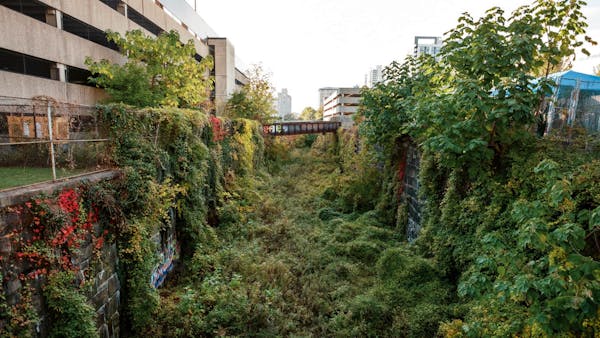
The factory produced 60,000 locomotive trains until it shut down its Philadelphia factory and moved to Eddystone, Delaware County in 1928.
The Baldwin Bridge was used by Baldwin Locomotives to ramp trains down into The Cut after their final stop on the assembly line. This bridge is the only structure still standing of Baldwin’s once-massive field of factories in North Philadelphia.
1919
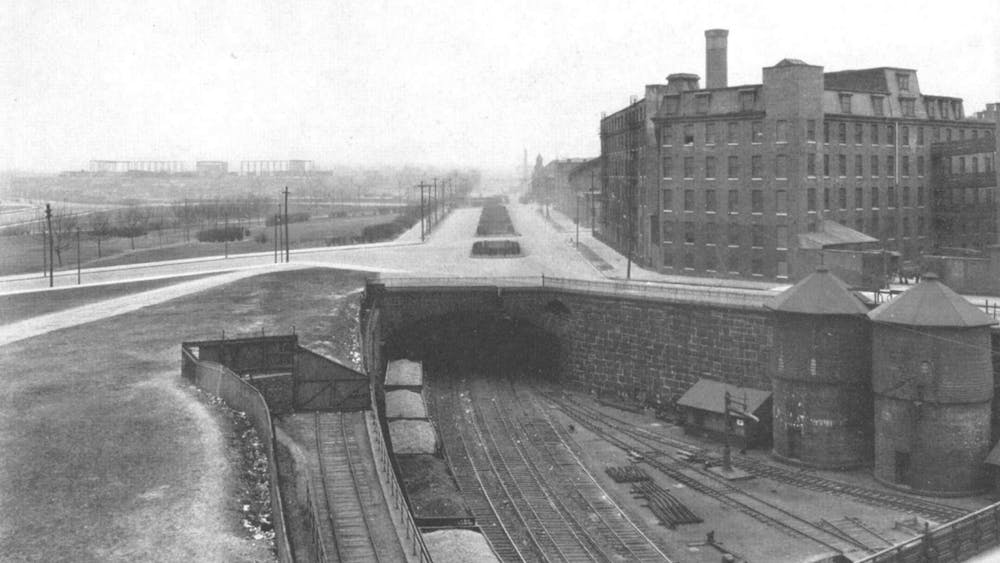
Benjamin Franklin Parkway
Trains on the Reading railroad ducked into the Tunnel, following the tracks below street level on the Benjamin Franklin Parkway.
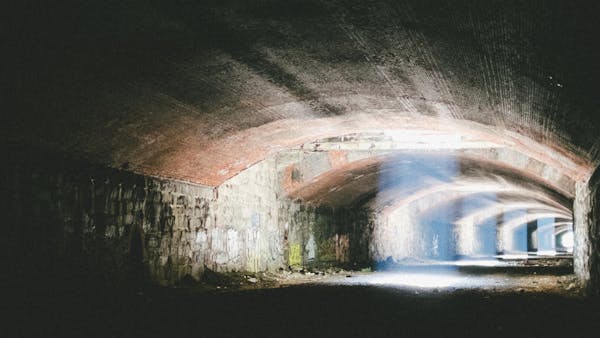
The Tunnel was originally created as part of the City Beautiful Movement that created the Benjamin Franklin Parkway, which stretches from the Philadelphia Museum of Art to City Hall. The City Beautiful Movement aimed to enhance civic safety and beautify city centers by separating trains from equine and pedestrian traffic in the streets.
The Tunnel split the railroad into two tracks: one heading toward the open air Cut at 21st Street and Pennsylvania Ave and the other toward the Schuylkill River